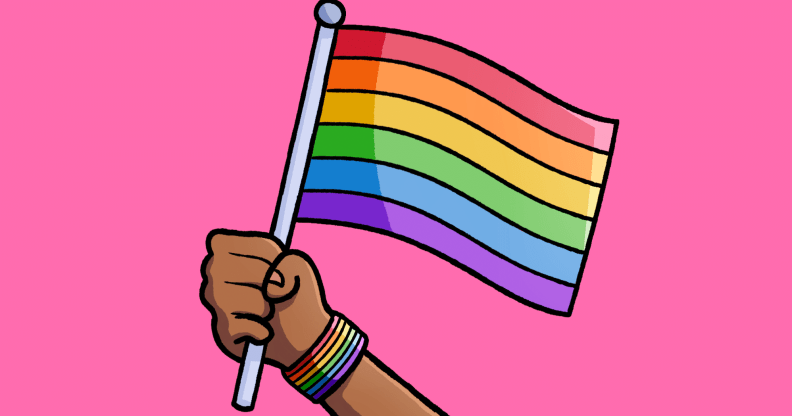GLAAD report raises concerns over LGBT portrayals in Hollywood

A report released on Tuesday shows that Hollywood has a way to go when it comes to LGBT equality in film.
GLAAD released its first Studio Responsibility Index (SRI); a report examining the quantity and quality of LGBT representation and visibility in mainstream Hollywood film launched in 2013.
Out of 102 films released in 2013, 17 of them (16.7%) contained a character identified as lesbian, gay, bisexual or transgender. When these characters were present they received, at most, minutes of screen time and were often offensive portrayal.
“The lack of substantial LGBT characters in mainstream film, in addition to the outdated humor and stereotypes suggests large Hollywood studios may be doing more harm than good when it comes to worldwide understanding of the LGBT community,” GLAAD CEO and President Sarah Kate Ellis said in a statement.
“These studios have the eyes and ears of millions of audience members, and should reflect the true fabric of our society rather than feed into the hatred and prejudice against LGBT people too often seen around the globe.”
Gay men were more likely to be represented in film (64.7%) over lesbians (23.5%), bisexuals (17.7%) and transgender females (11.9%).
LGBT characters were more likely to be male (64%) and white (76%).
Television has progressed far beyond mainstream film in its representations of LGBT peoples.
GLAAD issued failing grades to Paramount and Warner Bros. studios for poor portrayal of LGBT characters in both quantity and quality. 20th Century Fox, Lonsgate, Universal and Walt Disney Studios received ‘adequate’ standing, while Sony received the only ‘good’ score. No studio received a grade of ‘excellent.’
A press release put out by GLAAD on Tuesday said: “Anti-gay slurs are less common in film now than they were 20 years ago, but they are by no means extinct, and some are still used by characters the audience is meant to be rooting for. Perhaps even more prevalent are anti-transgender slurs that in 2013 were used by main characters in films like Anchorman 2 and Identity Thief for no reason other than to make a joke. With few exceptions, these words should be left on the cutting room floor.”

